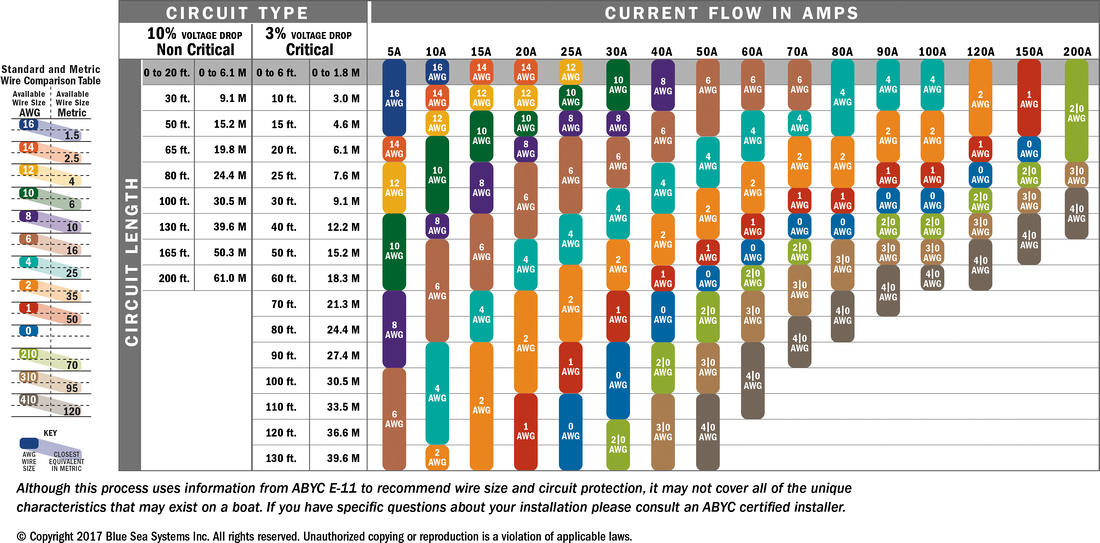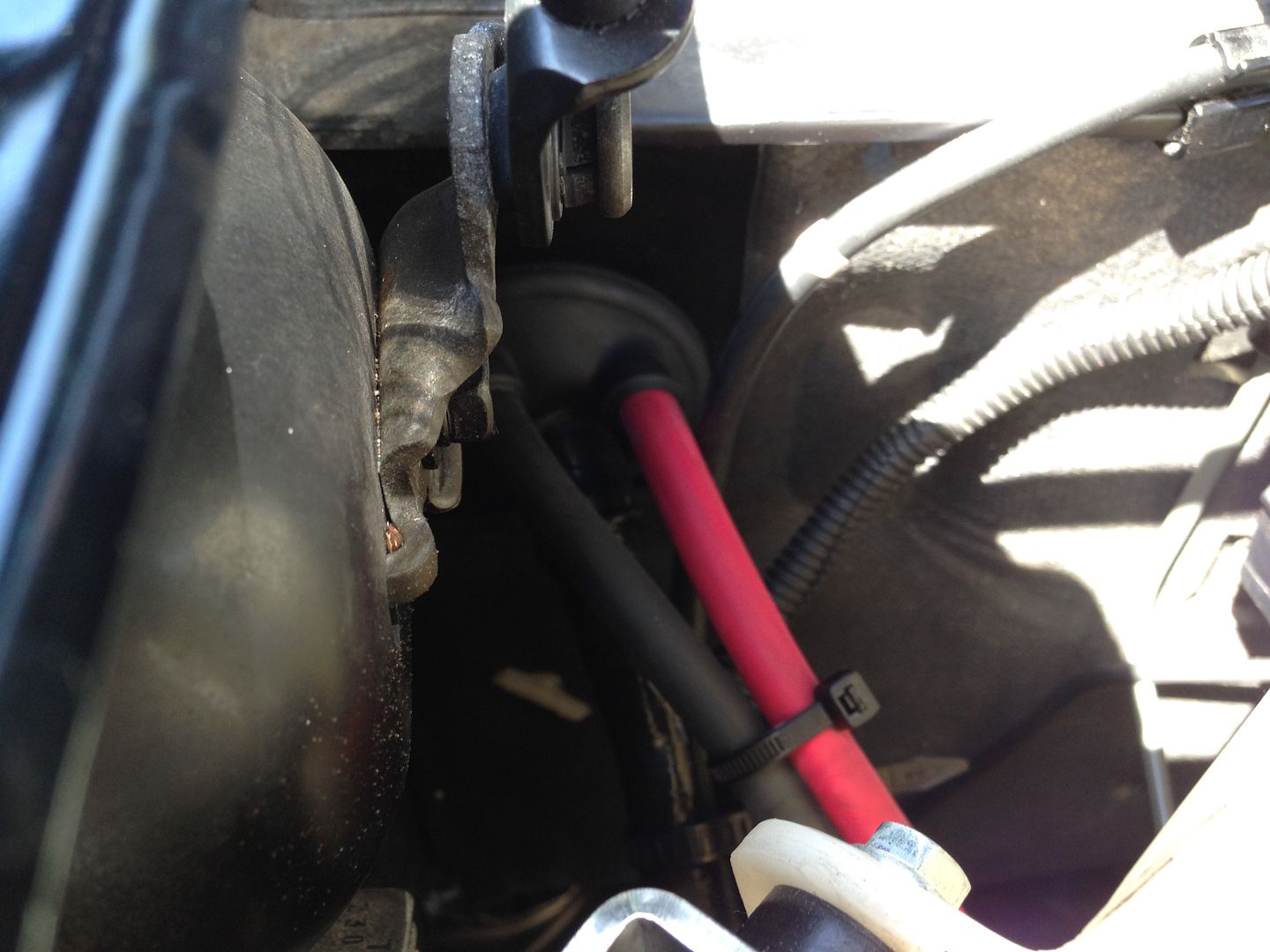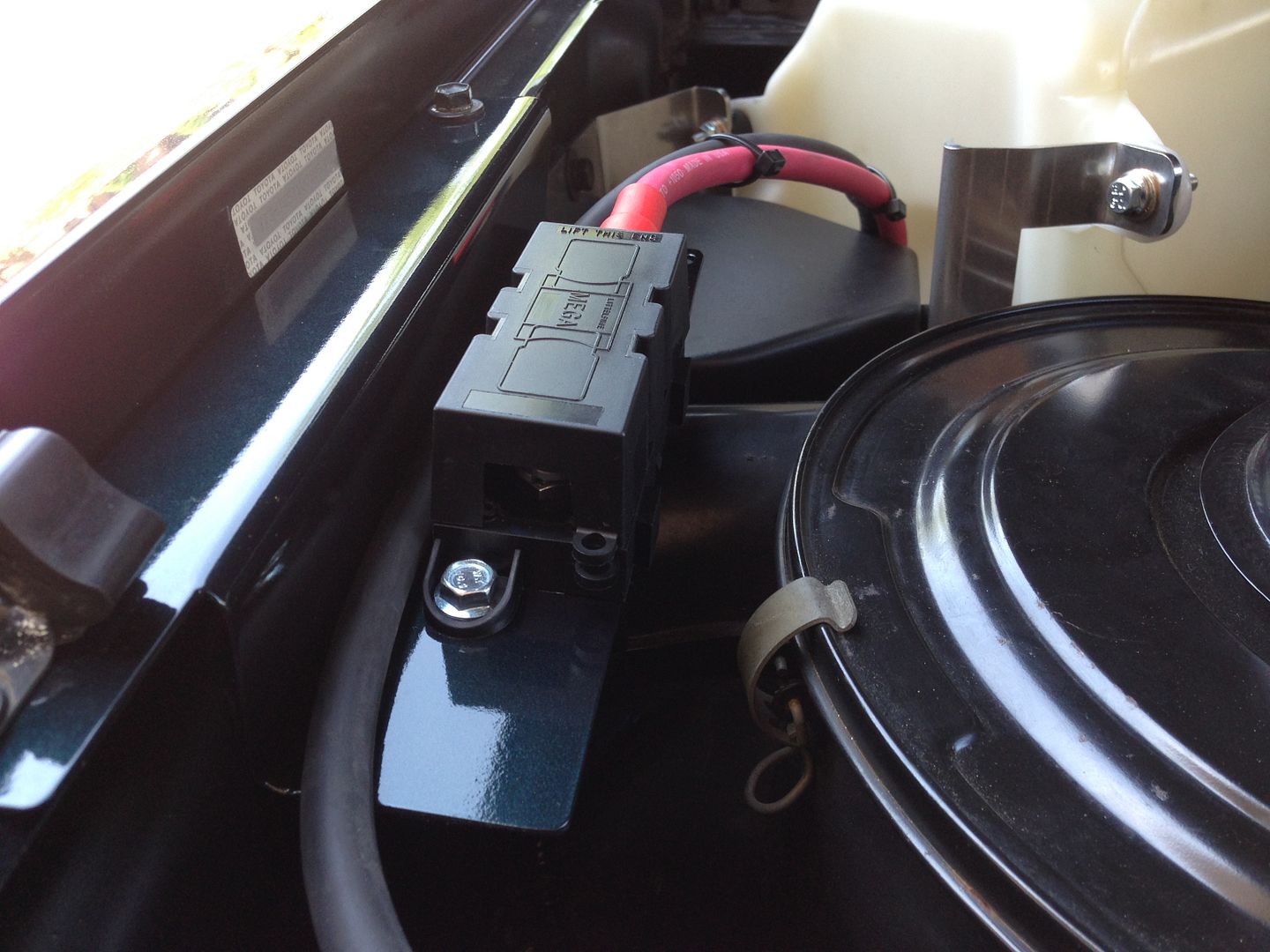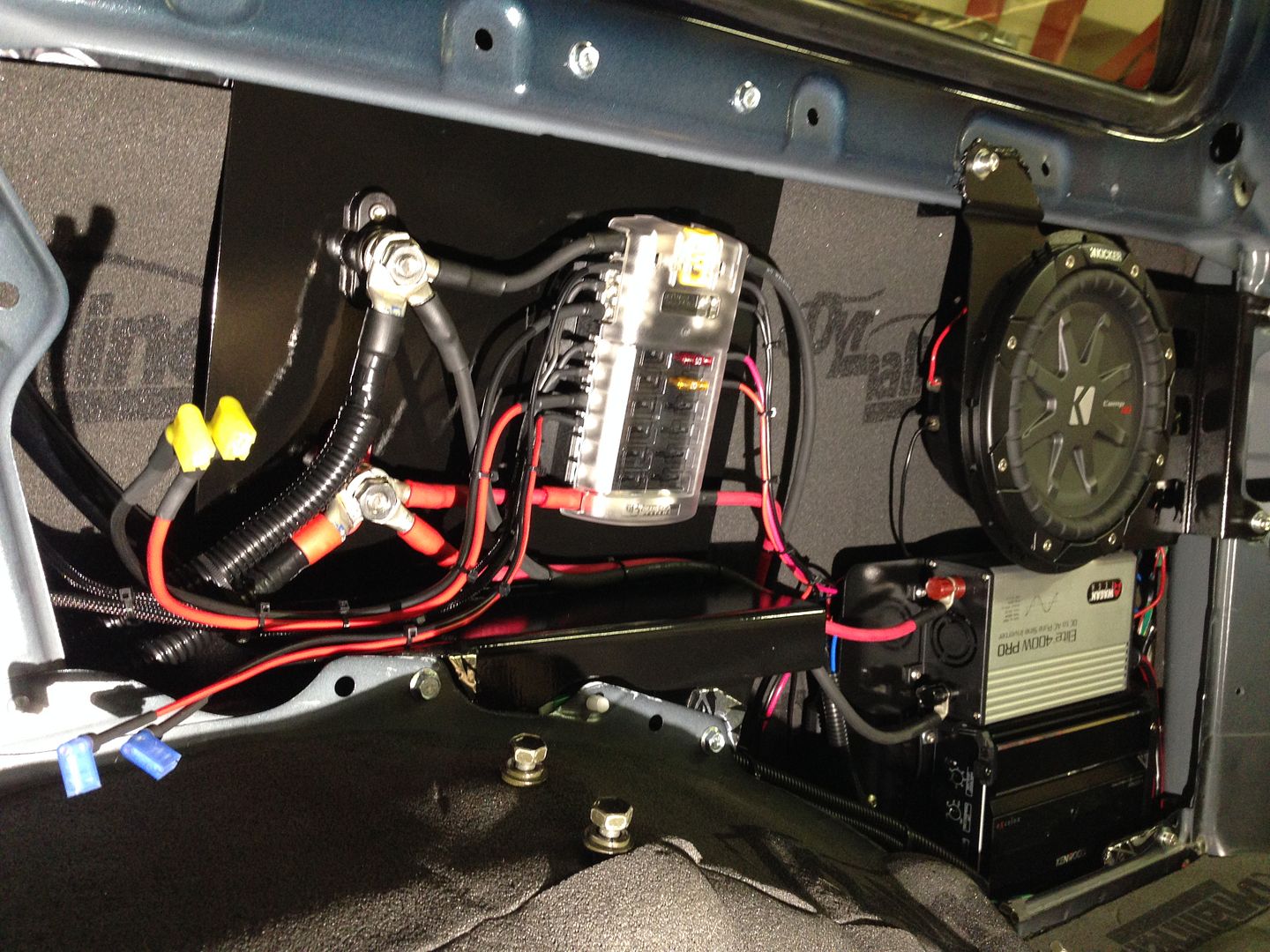Mike6158
Random Pixel Generator
I was going to run about 20' ish of a #8 pair of wires back to the cargo area to feed a 100A Blue Sea distribution box. Was... Since it's a distribution box rated for 100A I should feed it with a fuse at the battery and a #2 pair of wires according to the table (3% voltage drop since its going to a distribution box). I'm trying to imagine what that even looks like. A pair of #8's was bad enough.
I can't see ever needing 100A back there. I plan to feed (1) HF Ham rig, (1) VHF/UHF Ham rig with APRS, an ARB fridge/freezer, and maybe some lights or something. I'll also have a solar panel input so I can charge the aux battery (that I don't have yet) when stopped during the day.
I went backwards to check how many amps 20' of #8 would allow and it's a dismal 20A at 3% voltage drop. Twice that (40A) at 10% voltage drop.
It's easy enough for me to mentally derate the panel and not connect anymore than I have wire for but what if I sell it? Or what if I decide to put an AC inverter and run a drill, small machine shop, you know... common every day things like that
What kind of amperage will the ARB fridge need (it's the big one). The Ham rigs have very low idle current and shouldn't transmit at the same time. Well? Actually, if I was out with another Ham operator one could be on HF and the other on VHF. Either way, it's 100W on the HF rig and less on the VHF/UHF/APRS rig.
Part 1: Choosing the Correct Wire Size for a DC Circuit - Blue Sea Systems
Here's the chart in the link if you don't feel like clicking the link:

I can't see ever needing 100A back there. I plan to feed (1) HF Ham rig, (1) VHF/UHF Ham rig with APRS, an ARB fridge/freezer, and maybe some lights or something. I'll also have a solar panel input so I can charge the aux battery (that I don't have yet) when stopped during the day.
I went backwards to check how many amps 20' of #8 would allow and it's a dismal 20A at 3% voltage drop. Twice that (40A) at 10% voltage drop.
It's easy enough for me to mentally derate the panel and not connect anymore than I have wire for but what if I sell it? Or what if I decide to put an AC inverter and run a drill, small machine shop, you know... common every day things like that
What kind of amperage will the ARB fridge need (it's the big one). The Ham rigs have very low idle current and shouldn't transmit at the same time. Well? Actually, if I was out with another Ham operator one could be on HF and the other on VHF. Either way, it's 100W on the HF rig and less on the VHF/UHF/APRS rig.
Part 1: Choosing the Correct Wire Size for a DC Circuit - Blue Sea Systems
Here's the chart in the link if you don't feel like clicking the link:




